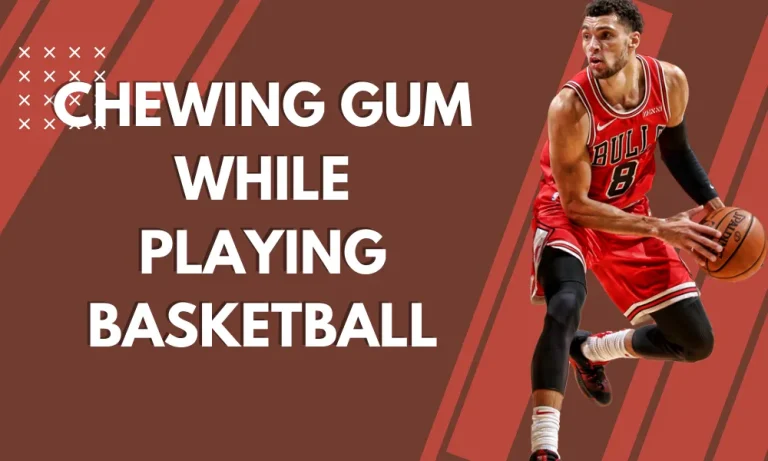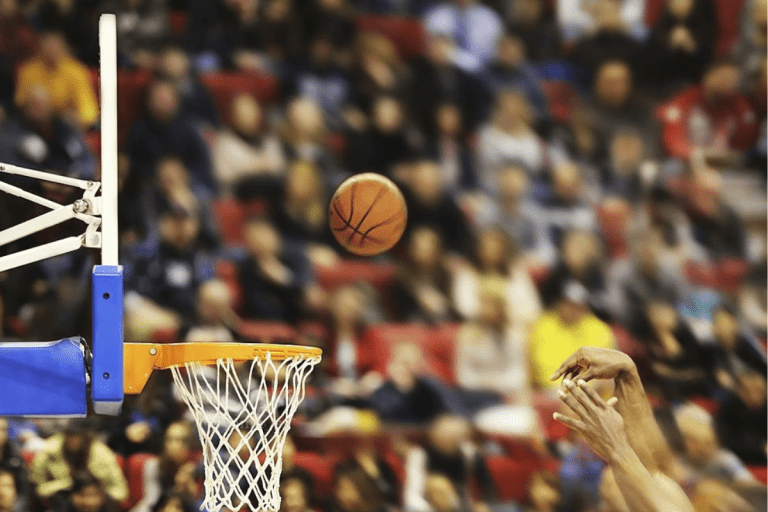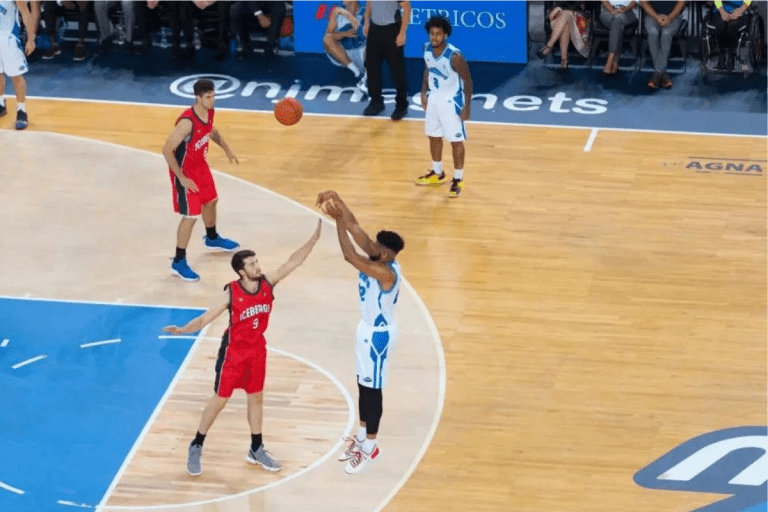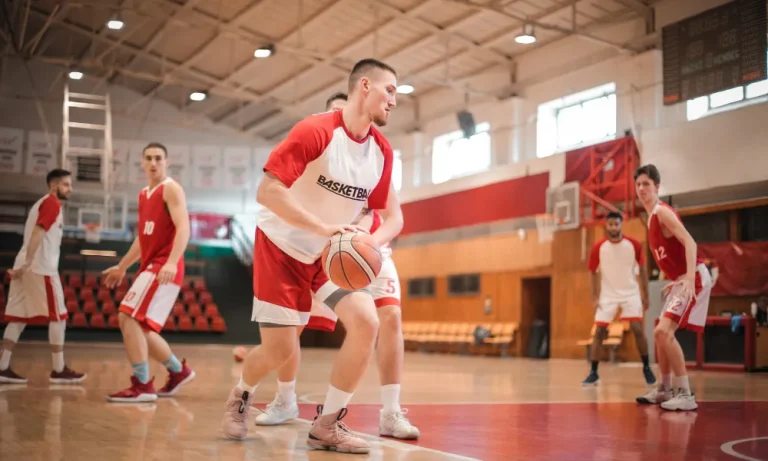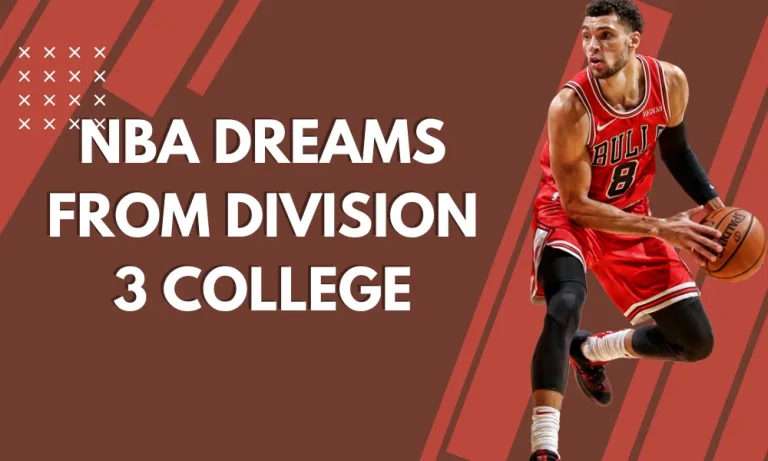How Long Are NBA Games Usually?
Have you ever wondered how long those thrilling NBA games last Well, let me tell you about my experience. When I sat down to watch an NBA game for the first time, I expected it to be over in a flash. But boy, was I in for a surprise! The duration of NBA games is quite intriguing.
Halftime Break NBA Game Structure
When it comes to NBA games, the halftime break holds a special place. This much-needed pause typically lasts for 15 minutes, providing players with a chance to catch their breath and strategize for the upcoming half.
During this short intermission, teams retreat to their locker rooms where coaches analyze the first half’s performance and make necessary adjustments. Players use this time to rehydrate, receive medical attention if needed, and mentally prepare themselves for the remainder of the game.
The halftime break serves multiple purposes beyond physical recuperation. It allows teams to discuss tactics, review gameplay footage or statistics, and devise strategies that can turn the tide in their favor during the second half.
This crucial period also offers spectators an opportunity to refuel themselves – grabbing snacks or using restroom facilities before returning eagerly to witness more thrilling basketball action.
Timeouts
Timeouts play a pivotal role in NBA games as they provide teams with brief moments of respite amidst intense competition. Each team is allocated a limited number of timeouts per game (usually around six), which they can strategically utilize at critical junctures.
Teams often call timeouts during crucial stages when momentum needs shifting or when intricate plays need planning. These breaks allow players to regroup on the court while giving coaches an opportunity to communicate strategies effectively through huddles and quick discussions.
However, it’s worth noting that these timeouts contribute towards extending game duration since they introduce additional stoppages into gameplay. While they may disrupt continuous action momentarily, timeouts are essential tools that help shape outcomes by allowing teams vital opportunities for rest and strategic decision-making.
Commercial Breaks
As you watch an NBA game from your living room couch or at a sports bar with friends, you’ll notice frequent commercial breaks integrated into live broadcasts – those moments when advertisers seize your attention with catchy jingles or captivating visuals.
These commercial breaks serve two main purposes: revenue generation for both broadcasters and teams. Advertisements during NBA games attract a vast viewership, presenting an ideal platform for brands to showcase their products or services.
Revenue generated from commercial breaks helps sustain the financial aspects of broadcasting networks and benefits the participating teams as well. It enables them to invest in player salaries, arena maintenance, and overall development of the sport.
While these commercial breaks may sometimes interrupt the flow of the game, they are an integral part of ensuring that NBA games remain financially viable and accessible to fans worldwide.
Overtime Periods
In rare instances when regular playing time ends with a tie score, overtime periods come into play – adding extra excitement and nail-biting moments for players and spectators alike.
Each overtime period lasts five minutes without any limit on how many can occur until there’s a clear winner emerging from the closely contested match. These additional periods offer extended opportunities for teams to break ties by outscoring their opponents within these smaller time frames.
Overtime periods intensify gameplay as players give it their all in pursuit of victory while fans hold their breath in anticipation of every shot made or missed. The thrill escalates with each passing minute until one team ultimately triumphs over its adversary.
Factors Influencing Game Duration

When it comes to the duration of NBA games, several factors come into play that can either speed up or slow down the action on the court. Let’s explore these factors and how they impact game length.
Game Flow & Style
The way teams approach their gameplay can significantly influence the pace and duration of an NBA game. Some teams prefer a fast-paced style, constantly pushing the ball up the court, resulting in quick possessions and more scoring opportunities.
On the other hand, some teams adopt a slower tempo, focusing on deliberate plays and ball control to limit their opponents’ scoring chances. Depending on each team’s strategy, games can vary in terms of intensity and overall time spent playing.
Fouls & Free Throws
Fouls committed by players during a game not only disrupt momentum but also lead to free throws being awarded to opposing teams. These fouls often result in stoppages as players take their positions for free throw attempts.
Since multiple fouls can occur throughout a game—both personal fouls and technical fouls—the number of free throws taken can add extra minutes to the overall duration.
Instant Replay Reviews
Referees play a crucial role in ensuring fair play during NBA games. In certain situations where there is ambiguity or controversy surrounding calls or scoring decisions, referees may use instant replay reviews for clarification.
While instant replays help ensure accuracy in officiating, they also introduce additional delays as referees review footage from different camera angles before making informed judgments.
Injuries & Timeouts
Injuries are an unfortunate reality in any competitive sport like basketball—and when players get injured mid-game, it temporarily halts gameplay while medical staff attends to them.
Similarly, strategic timeouts called by coaches offer valuable moments for both rest and planning strategies but contribute towards extending game durations due to brief pauses.
Frequently asked questions
1. Why do regular season games have a shorter duration compared to playoff matches?
Regular season games are spread out over an 82-game schedule, allowing teams and players more time for recovery between games. In playoffs, the intensity increases as teams compete for championships, leading to longer game durations.
2. What is the average duration of NBA games?
The average duration of NBA games is typically around 2 hours and 15 minutes. However, it’s important to note that variations can occur due to factors like fouls resulting in free throws, instant replay reviews, injuries requiring timeouts, or stoppages in play.
3. Are there any notable instances of exceptionally long or short NBA games throughout history?
Yes! One example of an extraordinarily long game occurred on January 6th, 1951 when the Indianapolis Olympians faced off against the Rochester Royals in a six-overtime marathon lasting a staggering total of 78 minutes.
Conclusion
In conclusion, NBA games are usually an exciting rollercoaster of basketball action that lasts around 2 hours and 15 minutes. However, this duration can vary due to factors like timeouts, halftime breaks, fouls leading to free throws, instant replay reviews, injuries, and overtime periods.
So sit back, grab your popcorn, and get ready for a thrilling experience as you watch these incredible athletes compete on the court!

